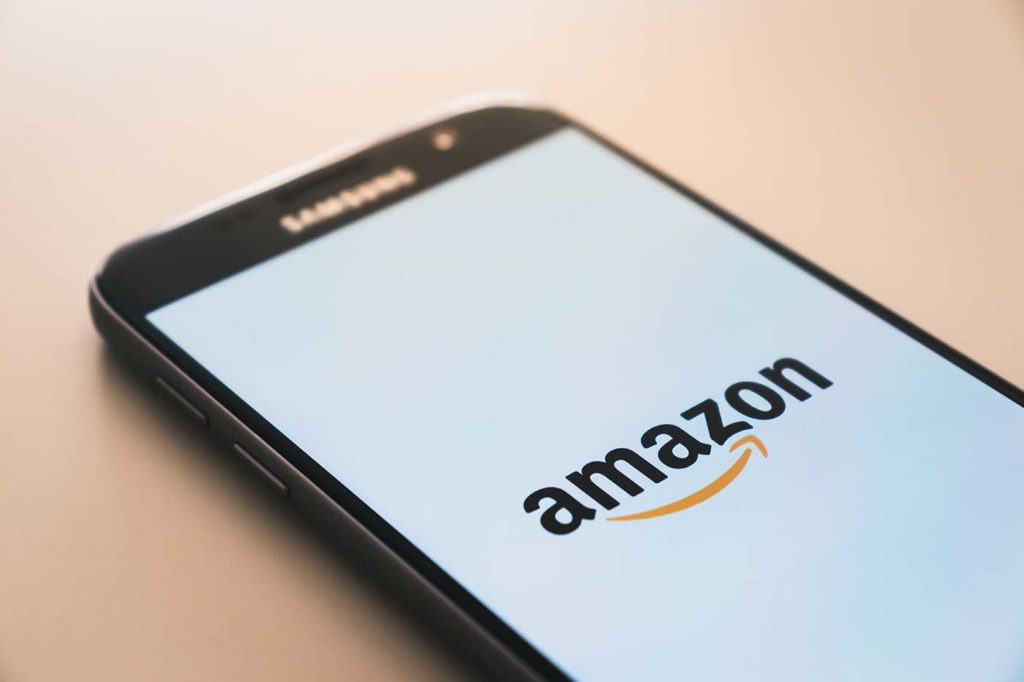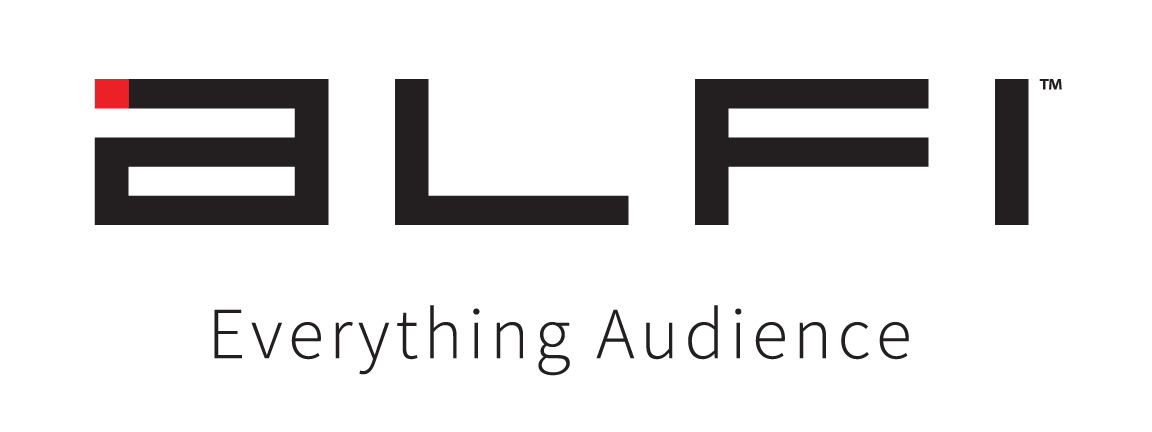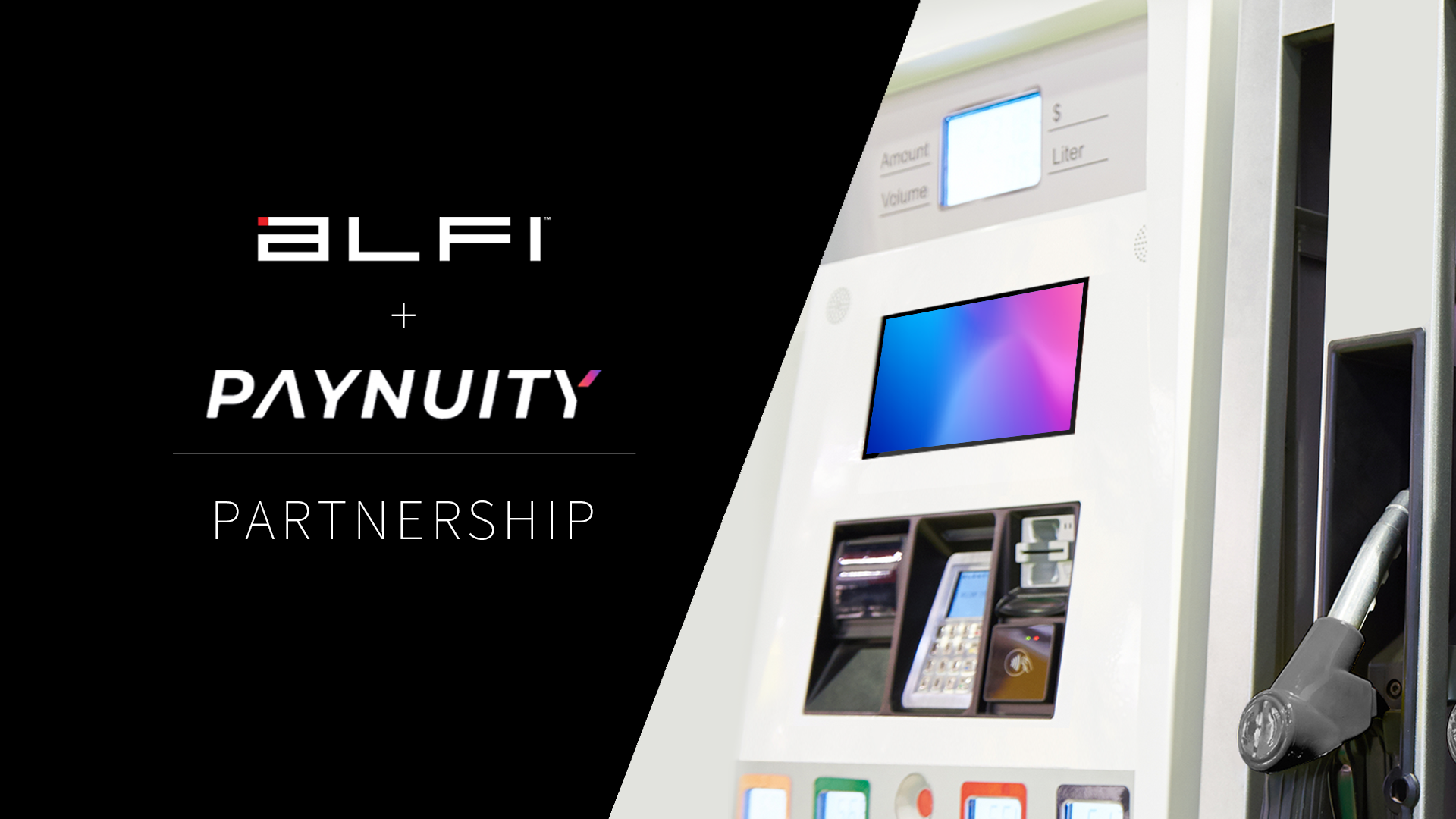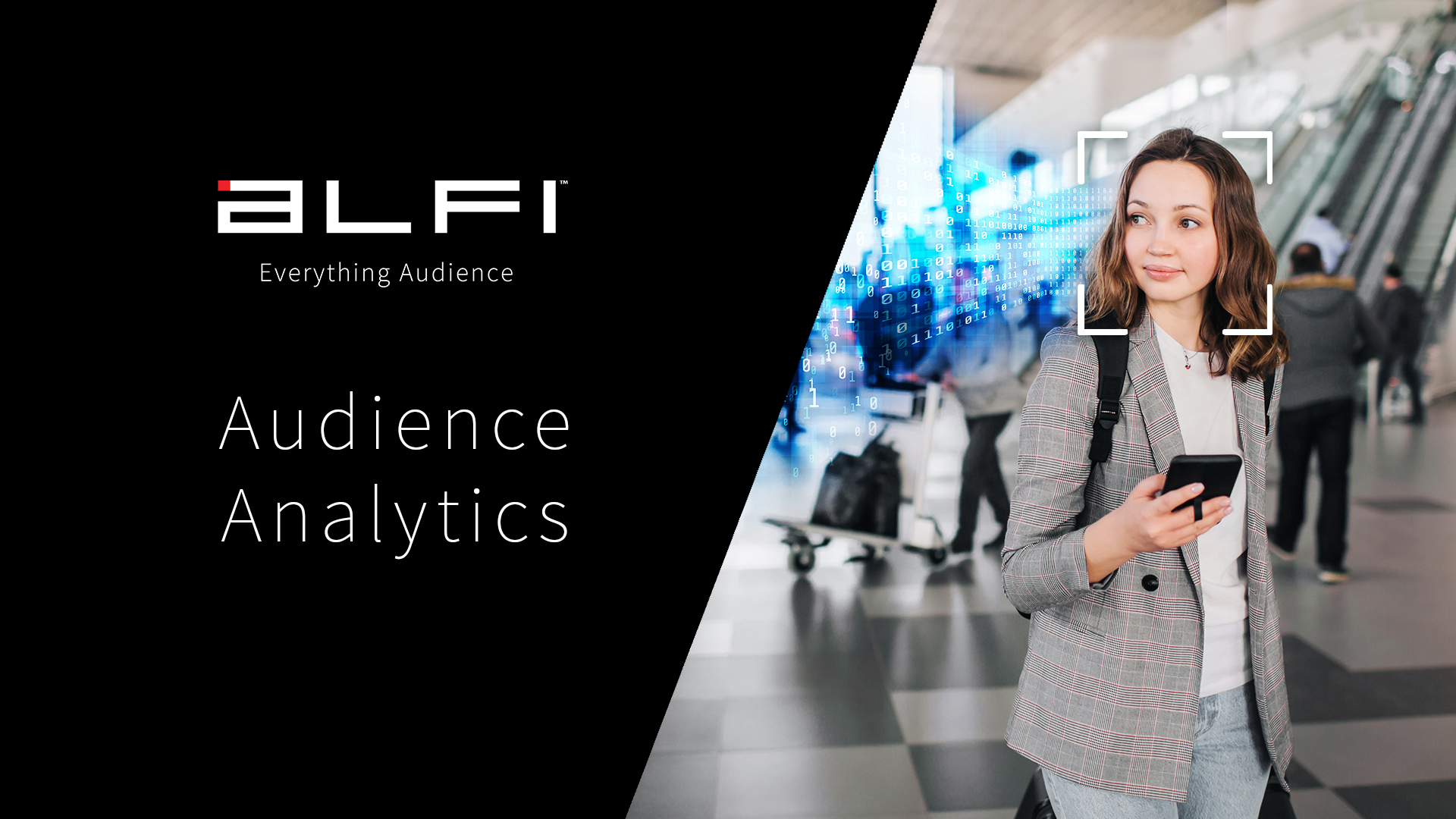The endless stream of personal information gathered and shared both on and offline does not seem to be slowing down, so consumers are increasingly demanding more transparency and accountability, along with enhanced privacy and security protections.

In response, large companies like Google, Apple, and others are making sweeping changes to the way personal data is collected and shared. As such, brands and marketing agencies have had to evolve to find better ways to collect data for advertising and targeting.
What kind of information is being shared? Who is sharing that information?
What is first-party data?

Any piece of data or personal information that is collected directly from a customer, whether online or offline, is considered first-party data. This is information gathered firsthand by a particular company, organization, or brand from its actual and existing audience including customers, website visitors, and social media users. It’s then used for retargeting purposes.
Offline first-party data can include account information like a user’s name and email address. Online data includes additional content generated by the company’s website analytics tools, like demographics, visited websites and interactions, purchase history, session duration, and more.
What is second-party data?
Any data collected secondhand – and not directly from an organization’s users firsthand – from another party or organization is considered second-party data. This transaction can occur between trusted businesses, organizations, and/or partners who have agreed to share audience insights in a mutually beneficial arrangement.
What is third-party data?
When data is collected by a business or entity with no connections to the original visitor or customer from whom they’re collecting information, that is considered third-party data. This third-party data is gathered, aggregated, and then sold to companies that are seeking more effective advertising and retargeting strategies.
To read more about first-party, second-party, and third-party data, check out this article.
The death of the third-party cookie and data
Rapid advancements in technology and the steady increase in mobile website browsing have created huge areas of concern over the lack of security and privacy in place for users both offline and online.
In response to this and adblocker use, Google, Safari, Firefox, and other major browsers have decided to phase out third-party cookies and drastically change the way they track users and handle information. They believe the current tech solutions fail to meet consumer expectations for privacy, aren’t sustainable, and don’t stand up to regulatory restrictions.
And since third-party data has played a critically important role in how marketers shape their strategies and communications with consumers for over 20 years, this places companies, marketing agencies, and ad buyers in a crucial spot.
These huge shifts in data handling are not only happening at the browser developer level; major tech giant, Apple, has begun making major changes too. And companies like Facebook aren’t happy.
Facebook vs. Apple War
An epic battle between Facebook and Apple is being waged in the name of user privacy. It won’t be the last.
In its December 2020 ioS update, Apple released a feature called “App Tracking Transparency,” which allows users to see which apps are being used to track them and how that information is being used for advertising. The new updates that are being rolled out will center around transparency, accountability, and data origins.
The App Tracking Transparency release was slated for earlier in the summer, but Facebook and other developers protested over its potentially negative effects on ad revenue delaying the issue.
In response to the December release, Facebook released a series of campaigns and full-page newspaper ads that accused Apple of harming small businesses that rely on targeted advertising. That war is still waging on.
Facebook’s stance has been that it’s standing up for small businesses, while Apple claims that it’s standing up for its users.
According to an Apple spokesperson, “Users should know when their data is being collected and shared across other apps and websites — and they should have the choice to allow that or not…App Tracking Transparency in iOS 14 does not require Facebook to change its approach to tracking users and creating targeted advertising, it simply requires they give users a choice.”
In the spring of 2021, beyond giving users more access to how their data is shared, Apple’s iOS software for iPhones will require apps to gain explicit consent for tracking user activity for the purposes of sharing it with third parties. This information includes which apps are being used, for how long, which websites are visited, and data about a user’s location.
As part of these efforts, Apple will require apps to send a push alert where users can “allow” or “ask app not to track” their usage. The impact of that is huge. For companies like Facebook, some analysts predict the update could hurt revenue by 7% in 2021’s second quarter. Given the choice, most users are likely to opt out of data tracking.
While Google and Apple may claim that these changes are about honoring consumer privacy, keep in mind that these companies’ moves do personally benefit them, because their direct customer relationships – and access to loads of first-party data – will keep them relatively unaffected by this move, while many other identity solutions are weakened.
What does this all mean for first-party data?
For companies and marketers who rely heavily on third-party data, this means adapting their strategies to focus more heavily on first-party data. It’s meant that businesses need to become more self-reliant and shift their focus inward on their own content, their own customers, and the data they already have. These ecosystems can be optimized to deliver an enhanced user experience.
It’s clear with the vanishing cookie that companies are not properly utilizing the benefits of the first-party data – data that they’re already collecting. This presents an opportunity to reevaluate and reset the strategy. First-party data is an incredibly valuable asset – not to mention free – and should be used as such. Plus in order to access first-party data, you’ve already gone through the process of gaining users’ consent. This provides added transparency and builds brand validation.
To explore more about AdTech and GDPR, check out this article.
Since this data is derived from your actual customers, it provides more accurate intel on real behavior. This makes it easier to deliver personalized content to your users with relevant ads that drive customer loyalty. It also allows you to better understand and nail down your buyer persona, divide your segments more effectively, and analyze your website traffic.
This insight into customer behavior allows companies to make better business decisions informed by the products consumers buy, the links they click, and the sites they visit afterward.
Wondering how you can optimize your first-party data for use in your advertising campaigns?
DOOH and First-Party Data
Combining first-party data with Digital Out-of-Home-Advertising (DOOH) gives marketers a powerful way to engage their desired audiences when and where it matters most. Through DOOH, brands can reach target audiences more effectively, adapt strategies in real time, and access a wealth of data for better decision-making.
First-party data can transform the DOOH experience for customers, incorporating customized content and creating personalized targeting. It allows for flexibility, speed, adaptability, and real-time analytics.
Because first-party data is content from actual customers, the insights gained are far more accurate, relevant, and useful for driving decision-making on marketing and ad customization. Despite the challenges faced by other industries, the changes in browser and app requirements won’t drastically affect DOOH use.
According to Gulab Patil, founder, and CEO of Lemma: “To keep the ads contextual, DOOH relies largely on 1st party data which takes into account location, mobile intelligence, live feeds, camera sensors, IoT beacons, and other sources, which are gathered using multiple in-house collation methodologies, reducing the dependency on any third-party data sources. Hence customization of ads remains unaffected as the process doesn’t vastly involve the use of third-party cookies.”
As such, DOOH provides the perfect opportunity for leveraging your first-party data to enhance your customers’ experience with your brand, products, and reputation.
ALFI and the Future of DOOH
While other AdTech platforms blur the line when it comes to user privacy, ALFI is building the future of DOOH advertising, by crafting tools that empower media buyers to reach their exact target market, at the right time, for a fraction of the cost in a respectful and ethical manner.
The platform pairs powerful computer vision with AI and machine learning models to display clients’ ads only to their target customers when they’re most susceptible to making buying decisions.
Computer vision allows DOOH platforms to capture demographic and behavioral data of consumers as they view DOOH ads to increase the accuracy and effectiveness of targeting. Then, AI combined with the machine learning-powered recommendation engine looks for patterns and responses in human behavior to offer the right content to the right person at the right time.
ALFI and Privacy Protections
What’s amazing about this is that while ALFI’s smart technology can detect behavior, it does not use cookies or store personal data, facial images, or information. While it sets new standards by providing precise targeting information to advertisers, it does so without intruding by collecting information in non-intrusive ways that are compliant with GDPR, CCPA, and HIPAA.
The genius of ALFI is behind its AI, machine learning, and computer vision models. For the first time, audiences can be targeted in real time based on their behavior and physical demographics. Brands can now determine how effective their OOH ad is at getting attention, but also collect valuable audience data to get true insight on who is paying attention.
What computer vision is, in a nutshell, is the ability for DOOH platforms to capture demographic data of consumers as they view DOOH ads to increase the accuracy and effectiveness of targeting. Then, AI combined with the machine learning-powered recommendation engine looks for patterns and responses in human behavior to offer the right content to the right person at the right time. All while respecting the privacy and security of users.
Real-Time Relevancy of the Ads
With DOOH campaigns, ads can be dynamic, providing impressions and data in real-time, allowing companies to adapt and shift strategy mid-campaign.
Along with valuable data analytics and the precision of Google and Facebook targeting for DOOH, ALFI gives media buyers complete control over the campaigns they run for their clients: from dialing down on a specific demographic to intelligent ad purchasing.
With ALFI, the advertisers can not only use detailed targeting options for their digital out-of-home campaigns but also pay for impressions and receive detailed analytics to optimize their campaigns. Ad A not performing well? Take it down early. Ad B showing huge success? Invest more and double your conversions.
Using first-party data paired with DOOH can yield accurate, high-quality data, improve campaign performance and ROI, improve measurement and attribution, and lead to more precise targeting.
DSP Platforms Using First-Party Data
For some businesses, the third-party data shift has proven very difficult, expensive, and time consuming. Others have had an entirely different experience, preparing early by diverting all of their resources for the transition. By leveraging their first-party data, many platforms have created advertising options that incorporate powerful customer matchmaking and audience building features.
Amazon DSP and Audience Builder

With its incredible store of first-party data and host of convenient features, Amazon has only become more powerful over time as it’s gained new users. With the high demand for user purchase data, Amazon might lead the competition in the advertising world for many years to come. It’s gained traction both within its own marketplace and in its off-platform ads business with its DSP.
The Amazon experience transforms valuable first-party data gathered from customers into opportunities to improve the online retail journey. With machine learning technology, Amazon uses first-party data for relevant search suggestions, customizing a unique e-commerce experience for each shopper.
Additionally, Amazon offers its database of customer data for free to official brand owners on the website, multiplying their own success and that of other businesses that operate on their platform. This first-party data enables businesses to create targeted advertising campaigns that encourage shoppers to purchase within the Amazon platform.
In 2020, Amazon DSP launched their new feature, the Audience Builder, a self-service tool for creating custom and competitor audiences based on past customer interactions with your brand, any searches, and other competitor brands. Using ASIN data, Amazon retargets campaigns to the customers that are most likely to purchase your products.
Now, companies can leverage Amazon’s powerful first-party data about shopper preferences and behavior to get their brand and products in front of the audience most likely to buy.
Google Customer Match for Ads
To help businesses and brands expand their advertising reach, Google developed its own customer matchmaking tool. Launched in 2005, Google Customer Match is an audience targeting tool that uses Search, Shopping, Gmail, YouTube, and Display.
With online and offline data that customers have shared, advertisers can work on re-engaging existing customers and reaching users similar to current ones.
Advertising campaigns can be easily adjusted and optimized on the Search Network and Shopping tabs based on customer activities. Personalized ads on YouTube or at the top of Gmail inboxes allow brands to reach existing customers or similar audiences. Create personalized ads that pique the interest of your target audience via the Google Display Network.
Facebook Custom Audiences

Currently the biggest social media platform in the world with nearly 2.5 billion active users, Facebook is an incredibly popular advertising arena. As can be expected, it offers convenient options for audience targeting, making it easy to get Facebook ads in front of the people who are most likely to buy your products.
The Custom Audiences feature allows you to retarget people who have interacted with your business before, purchased from your store, or visited your website. This includes customer lists, website and app traffic, Facebook engagement, and more. Businesses can understand exactly who is seeing their ads in order to shape their content, increase their conversion rates, and get a better return on investment.
Another useful feature offered by Facebook is Lookalike Audiences, a tool that generates lists of people to target who are similar to users currently engaging with your business.
CVS
While not what most would consider an AdTech competitor, CVS is staking its claim in the world of data. With its vast access to customer data and broad physical footprint, CVS is transforming its internal capabilities into a product.
Company estimates indicate that 76% of the country lives within 5 miles of a CVS outlet, so access is a clear advantage. Beyond proximity, however, CVS holds a considerable amount of consensually obtained first-party and second-party data.
In late 2020, CVS announced its new media offering, CVS Media Exchange, or cMx; this move is widening access to the company’s online and offline channels, including in-store and ecommerce inventory. According to Marketing Dive, it will also offer programmatic display, online video, social media, and search functions.
Through its first-party data, CVS’s loyalty program boasts a closed-loop measurement system that allows brands to attribute sales to ads placed with them. It also promises to display valuable metrics including brand sales lift, new buyer growth, and brand health.
Procter & Gamble (P&G)
With access to a global database of more than 1 billion consumers, P&G has been able to shift their focus from demographic targets to smart audiences using valuable first-party data.
According to David Taylor, P&G Chairman of the Board, President and CEO, “In the past, we’ve had broad demographic groups that we targeted…Once you have the smart audiences, you can do propensity marketing with people that have similar characteristics” which results in P&G “reinventing brand building from wasteful mass marketing to mass one-to-one brand building fueled by data and technology.”
These narrow, smart audiences focus on the area where behaviors, mindsets, and P&G products all come together. Two of their smart audiences, for example, were first-time moms and first-time washing machine owners.
Delivering more targeted, relevant content drives traffic, enhances the customer experience, and effectively increases conversions. This first-party data can be used to strengthen customer relationships over time.
Learn More About the Future of AdTech
What’s clear is that the future of data sharing, transparency, and accountability is changing.
With ALFI, it’s possible – and even easy – to optimize data use, target users, master AdTech, and generate revenue ethically while respecting the right to privacy.
Want to know more? Drop us a line and our team will get in touch with you!




